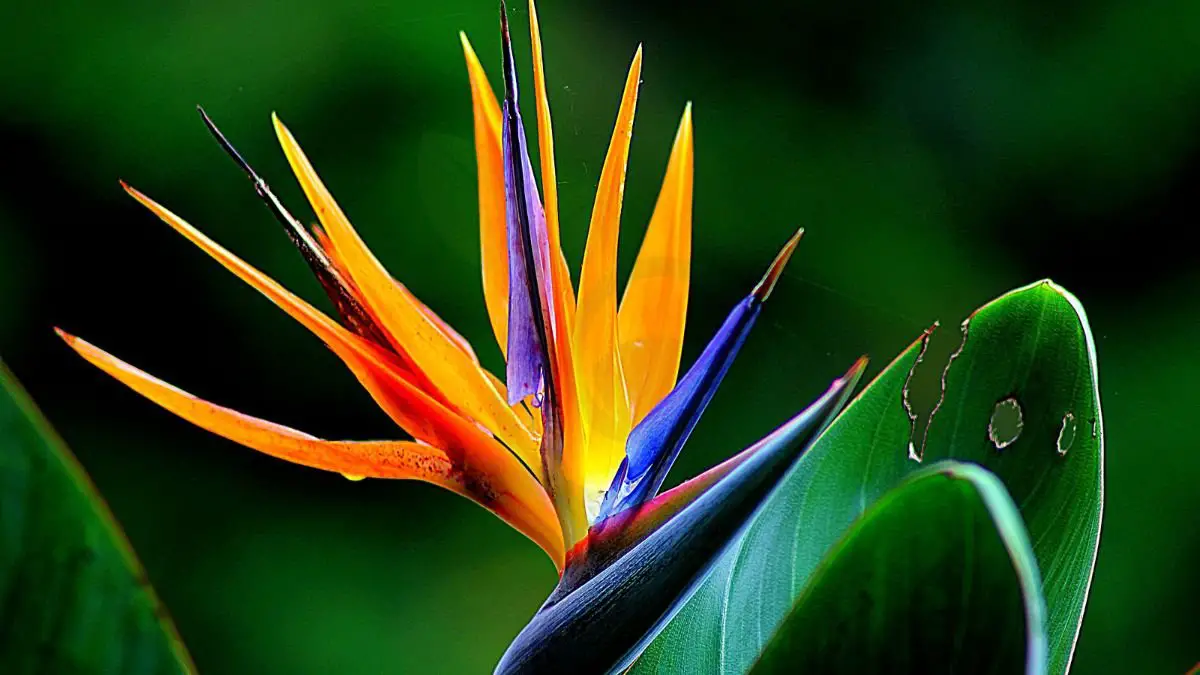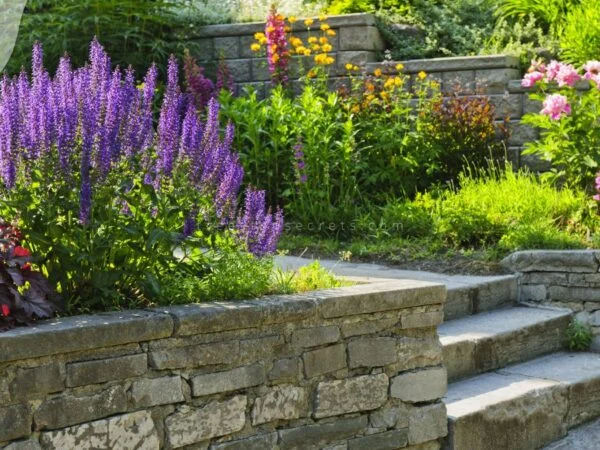Are you ready to discover the vibrant and exotic world of the flower bird of paradise, with its tropical plants and sunbirds? Dive into a realm where beauty meets uniqueness, as we explore the captivating allure of this stunning bloom.
Unveil the secrets behind its striking appearance, including paradise varieties like the crane flower, and learn how to enhance your surroundings with its tropical charm indoors. Join us on a journey to unlock the true essence and symbolism of the flower bird of paradise, a great choice, and elevate your floral experience like never before.
Key Takeaways
- Choose the Right Variety: Select the bird of paradise variety that best suits your garden's needs and climate.
- Find the Perfect Spot: Plant your bird of paradise in a location with ample sunlight and well-draining soil for optimal growth.
- Provide Proper Care: Regularly water, fertilize, and prune your plant to ensure its health and vibrancy.
- Tackle Challenges Head-On: Address common issues like pests or diseases promptly to maintain a thriving bird of paradise plant.
- Expand Your Garden: Learn how to propagate bird of paradise through division or seeds to grow your collection.
- Enhance Plant Health: Utilize companion plants strategically to promote biodiversity and support the growth of your bird of paradise.
Exploring Varieties
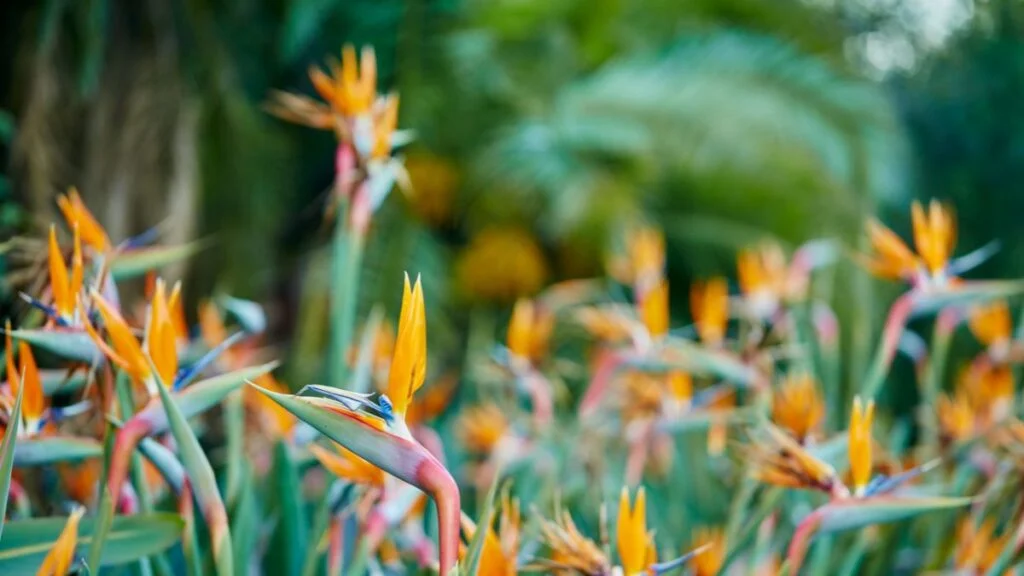
S. reginae
Identify S. reginae by its wide, paddle-shaped leaves and vibrant yellow blooms with blue accents. This species thrives in well-draining soil and under full sunlight. The unique characteristics of S. reginae include its bird-like appearance and striking colors.
Learn about the ideal growing conditions for S. reginae to thrive, including regular watering and fertilization during the growing season. This species is native to South Africa and requires a warm climate to flourish. Gardeners often choose S. reginae for its exotic beauty and low maintenance.
Discover the unique characteristics that set S. reginae apart from other bird-of-paradise plants, such as its smaller size and distinctive flower structure. This species adds a tropical touch to gardens with its bold foliage and stunning blooms.
S. juncea
Recognize S. juncea with its spear-like leaves and smaller flowers compared to other subspecies like S. reginae. Plant enthusiasts appreciate the elegant look of S. juncea in landscaping projects. This variety requires moderate watering and well-drained soil to thrive.
Explore the distinctive features of S. juncea, such as its slender growth habit and tolerance for drought conditions once established. Gardeners value this species for its architectural appeal and ability to attract pollinators like hummingbirds.
Understand the specific care requirements needed to cultivate healthy S. juncea plants, including occasional pruning to remove dead foliage and promote new growth. This species adapts well to various soil types but prefers a sandy loam mix for optimal growth.
S. alba and S. nicolai
Differentiate between S. alba and S. nicolai, known for their tree-like appearance when mature in suitable climates like USDA Plant Hardiness Zones 9B through 11.
- Explore the growth potential of both varieties in subtropical regions, where they can reach heights of up to 30 feet.
- Learn about the care tips essential for maintaining healthy S.alba and S.nicolai plants, including regular watering during dry spells.
S. caudata
Discover the unique characteristics of S.caudata, a rarer variety among bird-of-paradise plants, featuring narrow leaves and orange flowers.
- Understand the growth patterns of this species, which typically reaches heights of 6-8 feet in optimal conditions.
- Learn about the specific care requirements needed to nurture thriving S.caudata plants, such as well-drained soil and protection from frost.
Optimal Planting Locations
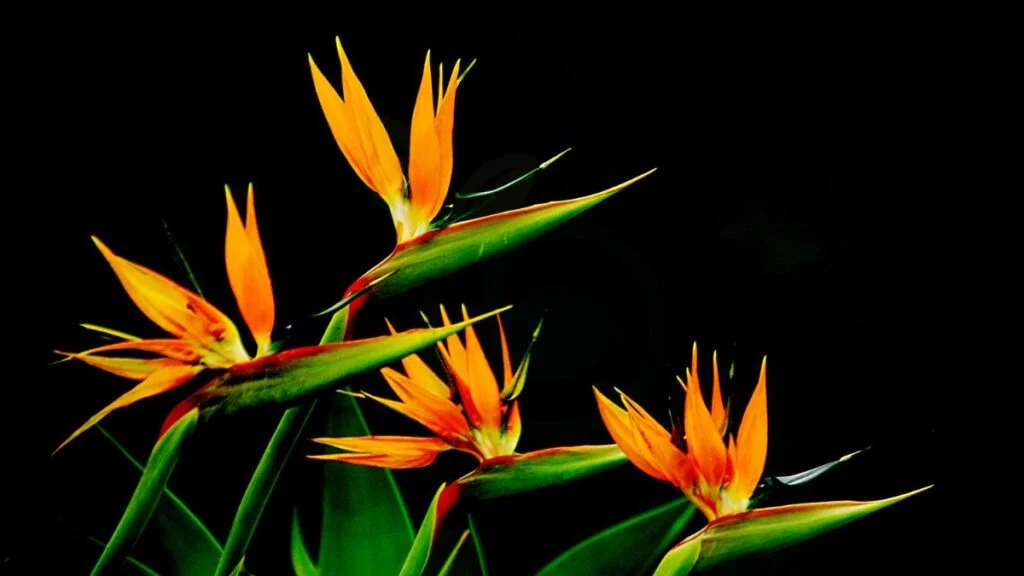
Best Spots
Plant bird-of-paradise in areas with full sun exposure for optimal growth and blooming potential. Consider locations shielded from strong winds to protect the plant's large, delicate leaves. Adequate drainage is crucial to prevent waterlogging and root rot.
When selecting spots for your paradise plants, prioritize areas with well-draining soil and protection from frost during colder months. Ensure sufficient space between plants to allow for proper air circulation, reducing the risk of fungal diseases. Avoid planting near structures that may obstruct sunlight.
Providing ample space around tropical plants promotes healthy growth and prevents overcrowding, allowing each plant to receive adequate sunlight and nutrients. Regularly monitor the soil moisture levels to prevent overwatering, which can lead to root issues and stunted growth.
Outdoor Guidelines
Plant paradise plant outdoors in late spring or early summer when the soil has warmed up sufficiently for optimal growth. Water newly planted bird-of-paradise regularly to establish a strong root system before transitioning to a more moderate watering schedule.
Maintain healthy bird-of-paradise plants by fertilizing them every 2-3 months during the growing season with a balanced fertilizer. Prune dead or damaged leaves to encourage new growth and maintain the plant's overall health and appearance.
Pot-bound growth, where the roots fill the container, can stimulate paradise plants to bloom more profusely. Repotting less frequently encourages this growth habit, promoting vibrant flowers and lush foliage in your bird-of-paradise plants.
Care Essentials
Sunlight Needs
Bird-of-paradise plants require ample sunlight for optimal growth, thriving best in bright, indirect light. Position them near a sunny window or under a shade with indirect sunlight. These plants can adapt well to various lighting conditions, making them versatile for different environments.
Watering Tips
Maintaining the ideal moisture levels is crucial for bird-of-paradise plants. Follow watering guidelines by allowing the soil to partially dry between waterings to prevent overwatering. Avoid underwatering by ensuring the soil remains consistently moist but not waterlogged. Balanced watering practices are essential for the overall health of these plants.
Soil and Fertilizer
To promote healthy growth, bird-of-paradise plants thrive in well-draining soil rich in organic matter. Use a mix of peat moss and perlite for optimal growth conditions. Choose a balanced fertilizer with equal parts nitrogen, phosphorus, and potassium to enhance nutrient uptake and encourage blooming. Soil quality and fertilization play a significant role in maintaining vibrant bird-of-paradise plants.
Climate Factors
For outdoor cultivation, ensure bird-of-paradise plants are exposed to optimal climate conditions. These plants prefer warm temperatures between 65-70°F (18-21°C) during the day and slightly cooler at night. Variations in climate can impact growth and blooming patterns; adjust care practices accordingly to support plant health amidst changing weather conditions.
Overcoming Challenges
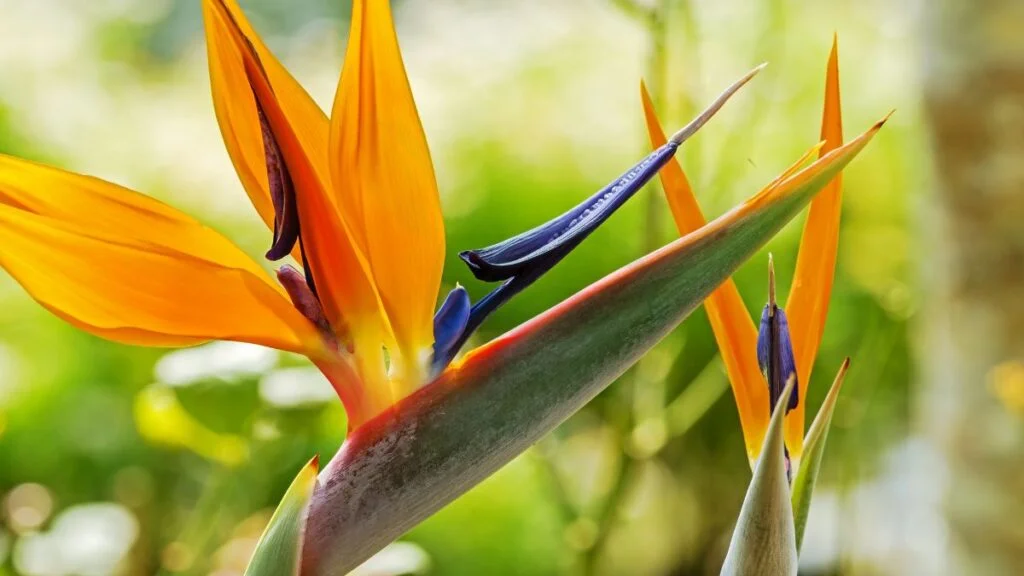
Pest Control
Bird-of-paradise plants are susceptible to various pests, including aphids and spider mites. These pests can cause significant damage to the plant if left unchecked. To protect your bird-of-paradise, it's crucial to implement effective pest control measures promptly.
Propagation Steps
Methods
Bird-of-paradise plants can be propagated through division or seeds. Division involves separating the plant's rhizomes, ensuring each division has roots and shoots. Seeds require scarification before planting to enhance germination.
Division Process
To propagate through division, start by selecting a healthy mature plant with multiple stems. Carefully remove the plant from its pot and separate the rhizomes using a sharp, sterilized knife. Ensure each division has at least one fan of leaves and roots for successful growth.
Seed Propagation
For seed propagation, collect fresh seeds from mature bird-of-paradise plants. Scarify the seeds by gently nicking the hard outer coating to promote germination. Plant the seeds in a well-draining soil mix and keep them consistently moist until germination occurs.
Considerations
Light: Provide bright, indirect light to newly propagated plants to support growth. Temperature: Maintain temperatures above 65°F (18°C) for optimal growth. Humidity: Keep humidity levels moderate to high during propagation to prevent drying out. Watering: Water newly propagated plants regularly but avoid waterlogging the soil.
Companion Planting Benefits
Mutual Support
Bird-of-paradise plants offer several benefits when used as companion plants. They attract pollinators like hummingbirds and bees, aiding in the pollination of other flowers in your garden. This mutual support enhances the overall health and growth of all plants involved.
Aesthetic Appeal
Pairing bird-of-paradise with compatible plant species can significantly enhance the visual appeal of your garden. Consider lavender, hibiscus, or lantana to create a vibrant and colorful landscape. These combinations not only look stunning but also contribute to a balanced ecosystem.
Biodiversity Promotion
Companion planting plays a crucial role in promoting biodiversity within your garden. By strategically placing different plant species together, you can attract a diverse range of beneficial insects that help control pests naturally. This approach reduces the need for harmful pesticides, fostering a healthier environment for all living organisms.
Common Questions
Toxicity Concerns
Bird-of-paradise plants pose potential toxicity concerns for pets and humans due to calcium oxalate crystals in their leaves. Ingestion can lead to oral irritation, vomiting, and difficulty swallowing. To handle them safely, wear gloves when pruning and keep them out of reach of children and pets. If accidental ingestion occurs, seek medical attention immediately.
Lifespan Insights
Under optimal conditions, bird-of-paradise plants have a typical lifespan of 5-10 years. To promote longevity, provide well-draining soil, adequate sunlight, and regular watering. Factors like temperature fluctuations and pests can influence their health and lifespan. Monitoring for signs of stress or disease is crucial for maintaining plant vitality.
Flowering Potential
Bird-of-paradise plants have impressive blooming potential when cared for properly. Factors such as sunlight exposure, fertilization, and pruning impact flower production. To encourage abundant blooming, ensure they receive at least 6 hours of sunlight daily and use a balanced fertilizer during the growing season. Their unique flowers add a tropical flair to any garden setting.
Blooming Troubleshooting
Common issues that may hinder the blooming process include insufficient sunlight, overwatering, or nutrient deficiencies. To troubleshoot blooming problems, adjust care practices accordingly by providing adequate light exposure and avoiding waterlogged soil. Environmental conditions play a significant role in ensuring consistent bloom cycles in bird-of-paradise plants.
Summary
In exploring the varieties, optimal planting locations, care essentials, challenges, propagation steps, companion planting benefits, and common questions of the bird of paradise plant, you've gained valuable insights into cultivating and nurturing these stunning flowers. By understanding the specific needs and characteristics of this plant, you're better equipped to ensure its health and vibrancy in your garden.
Now that you have a comprehensive understanding of how to care for bird of paradise plants, it's time to put your knowledge into action. Get your hands dirty, start planting, and watch these exotic blooms flourish under your attentive care. Share your newfound expertise with fellow gardening enthusiasts and continue to expand your green thumb skills.
Frequently Asked Questions
How often should I water my bird of paradise plant?
Water your bird of paradise plant thoroughly once a week during the growing season. Allow the soil to partially dry out between waterings to prevent root rot. In winter, reduce watering frequency to every 2-3 weeks.
What is the best light condition for bird of paradise plants?
Bird of paradise plants thrive in bright, indirect sunlight. Place them near a window where they can receive ample light without direct exposure to harsh sunlight. Rotate the plant occasionally for even growth.
How do I fertilize my bird of paradise plant?
Fertilize your bird of paradise plant with a balanced liquid fertilizer every 4-6 weeks during the growing season (spring and summer). Dilute the fertilizer to half strength to avoid over-fertilization, which can damage the plant.
Why are the leaves of my bird of paradise plant turning brown?
Brown tips on bird of paradise leaves can be caused by underwatering, low humidity, or excess salts in the soil. Ensure proper watering, maintain humidity levels by misting the leaves, and periodically flush out accumulated salts from the soil.
Can I grow a bird of paradise plant indoors?
Yes, you can successfully grow a bird of paradise plant indoors if you provide it with bright, indirect sunlight and sufficient humidity. Consider placing it near a south-facing window or using grow lights to supplement natural light for optimal growth.
Image Source: Paid image from CANVA

